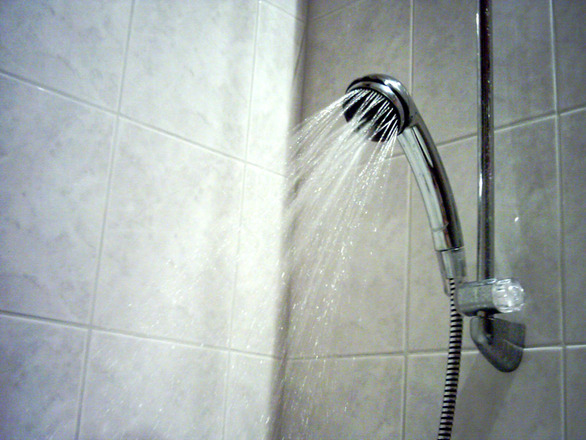
May 15 , 2017
Great Tips for Making Your Home More Water Efficient
Water is a valuable resource we cannot afford to waste. Americans are using 80-100 gallons a day. California faces severe droughts. Detroit is plagued with undrinkable water.
It is crucial that everyone take ownership of this problem and start engaging in conservation practices now so our children will have clean, fresh water available.
Being more efficient with your water starts at home. Once you get started, you may find yourself excited at the idea of owning energy-efficient appliances. The range of waste reducing solutions are limitless, and most steps are easily implementable!
Showering
Even once you speed up your shower time, if you are using an old shower head, tons of water could be going to waste. Installing a high-efficiency showerhead can reduce the amount of water used by 20-60% (as much as 19 liters a minute!) and can save you around $135-$200 annually on your water bills!
Showers tend to use the most water in the house, so its a wonderful place to begin making your home more water efficient. Reducing the amount of time spent in the shower is the easiest thing to do. A four-minute shower uses approximately 30 gallons of water. So, after a grueling day at work, fight the urge to stand under the warm, relaxing shower for too long. The quicker you are to soap up, rinse off, and get out, the better!
Check for Leaks
After cleaning up your act in the shower, be sure to check your house for leaky faucets and pipes. A leaky faucet can waste from twenty to hundreds of gallons of water a day! An out-of-the-ordinary water bill may also be an indicator there is a leak somewhere in the house.
Get in the habit of reducing these drips immediately, as they can leave a heavy dent on the wallet and can lead to massive water waste over time. Once leaks are fixed, faucets should be replaced with low-flow models or fit with aerators to reduce usage.
Finally, turn off the taps when they arent being used. By getting your family used to turning off the water while brushing teeth and dish washing, you will see a huge decline in your overall consumption. You can get really fancy by capturing extra sink water in bins to use for watering plants.
Laundry Room
The laundry room is another room with a huge opportunity to improve your water efficiencies. When running the wash, be sure to only run full loads. By presoaking heavily soiled clothes, you will reduce the need to re-wash clothes. Wasting water on scarcely filled loads and re-washes are major water wasters.
You can turn off the water in between loads to reduce the likelihood of leaks occurring in the laundry room. You can reduce your laundrys water usage by 65% by investing in an energy efficient machine.
Also, pay attention to the amount of time needed to wash clothing. Items that need a light cleaning wont need to be in the wash for as long as dirty or stained work clothes. By reducing the amount of time you use the wash, fully loading the machine, pre-soaking stained clothes, and investing in energy efficient washing and drying machines, you can make a significant impact on your wallet and on the planet.
Get Evaluated
We have touched on showers, sinks, pipes, and laundry rooms, but did you know that many neighborhoods provide in-home energy efficiency evaluations for free? Having your home assessed can help you identify specific ways to reduce your water usage and improve your home's overall efficiency.
Investing in energy efficient dishwashers and purchasing tankless water heaters are often recommended ways to reduce your water waste. Water-efficient fixtures are a wonderful way to start saving water, but the amount of water you use at home also makes an enormous difference. Keep in mind these suggestions for reducing your usage:
? Taking showers instead of baths.
? Setting the sprinkler system on a timer to ensure the sprinklers are not constantly running.
? Reducing the number of times you flush your toilets.
? Storing runoff water to use for watering plants.
In Summary
Water scarcity is a real issue facing society. The good news is you can make a real impact by tackling the matter at home! By making some simple changes and being aware of your usage, you can be part of the solution. Whether it is fixing a leaky faucet, cleaning up your laundry habits, updating your showerhead, or reducing your tap time, any energy-efficient investment is one to be proud of.


